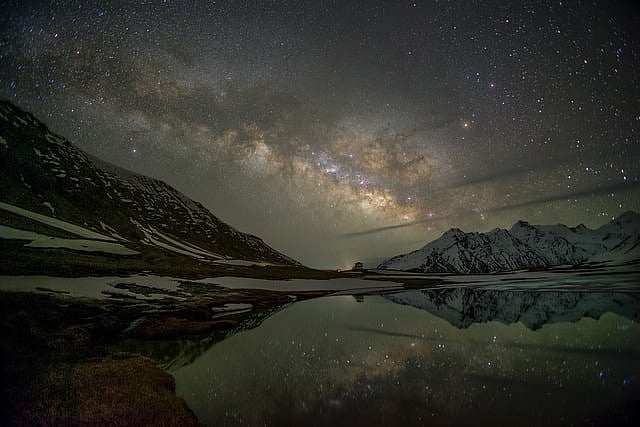**Understanding the Four Yugas and the Path in Kali Yuga**
Kali Yuga is known as the age marked by ignorance and murkiness. In this era, only a fourth of the dharma (righteousness) remains, making it a slippery slope for mankind. Often, those who uphold dharma suffer, while those who enjoy and celebrate tend to break the rules and laws. Many sincere seekers question whether this is justified. However, it is said to be the order of the universe.
### The Duration and Nature of the Yugas
The previous three yugas—Kruta (Satya), Treta, and Dwapara—were each longer than Kali Yuga by multiples of two to one. This ratio is good news, reflecting the gradual diminution of dharma over time.
– **Satya (Kruta) Yuga:** This was the period when dharma was fully present, with four out of four parts intact. Order prevailed throughout society, and no external prompting was needed to follow dharma. During this age, humans naturally engaged in dhyana—a deep, inner meditative state aimed at spiritual realization. Turning inward was a simple and swift process, akin to switching focus from the external world to the internal self. Many divine avataras appeared during this age.
– **Treta Yuga:** Dharma reduced to three-fourths of its original strength. Guidance from advisors became necessary, especially for rulers. Fortunately, most rulers heeded such advice and followed the path of dharma. Seekers and rulers participated in Yagya or Kratus—rituals offering ‘havis’ (sacrificial oblations) to the devas. For example, Sri Rama’s father, Dasharatha, performed significant rituals like Ashwamedha and Putra Kameshti during this period.
– **Dwapara Yuga:** In this era, puja (worship) and archana (ritual offerings) became the recommended spiritual practices. The Vrundavan Gopikas, aiming for the grace of Sri Krishna, performed the Katyayani Puja during this time.
### Challenges and the Path in Kali Yuga
The current age, Kali Yuga, presents many challenges. People struggle to commit their body and mind for dhyana due to distractions and the complexity of life. Performing Kratus and Pujas is often difficult because maintaining the purity of offerings is a serious challenge.
For the “alpayu manushyas” (short-lived humans) of this era, a practical and effective path is prescribed: **Kalau Namasankeertanam**—the recitation of the name of God. This simple yet powerful method offers a definite means of crossing the troubled path of Kali Yuga.
Reciting the divine name, or *Namasankeertana*, purifies the chitta (mind-stuff) and aligns the individual towards the divine essence.
—
*Dr. S Ainavolu is a Mumbai-based teacher specializing in Management and Tradition. His intent is to promote learning and cultural education among the next generation.*
—
*Stay connected for more insights into the ages of mankind and the spiritual paths suited to each era.*
https://www.freepressjournal.in/spirituality/guiding-light-kalau-namasankeertanam


